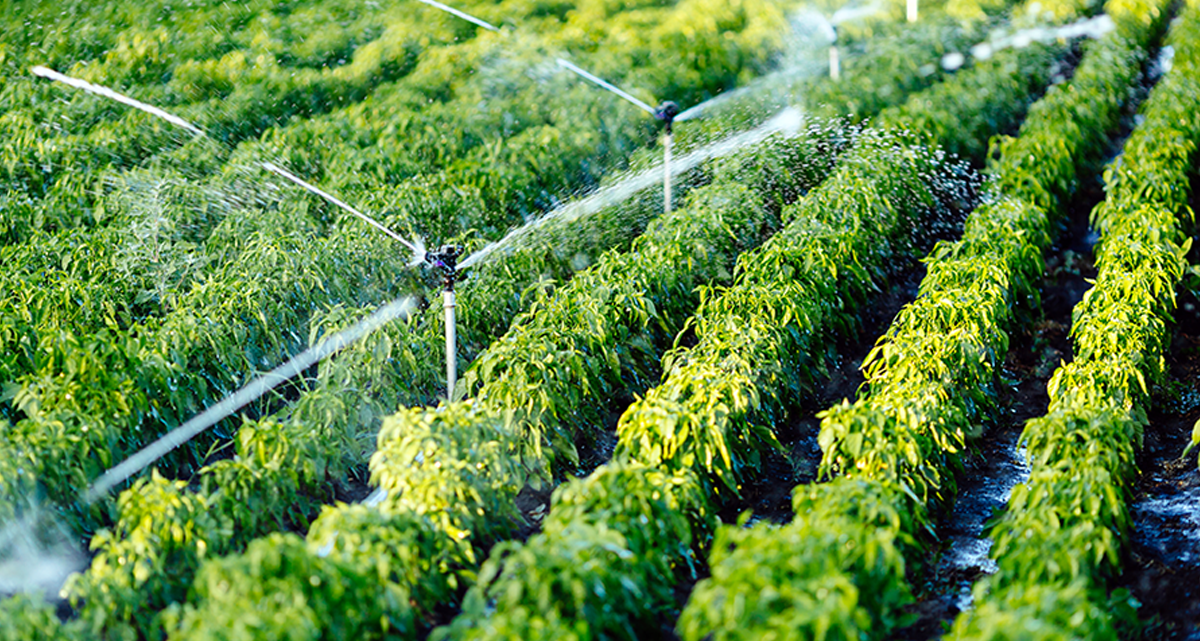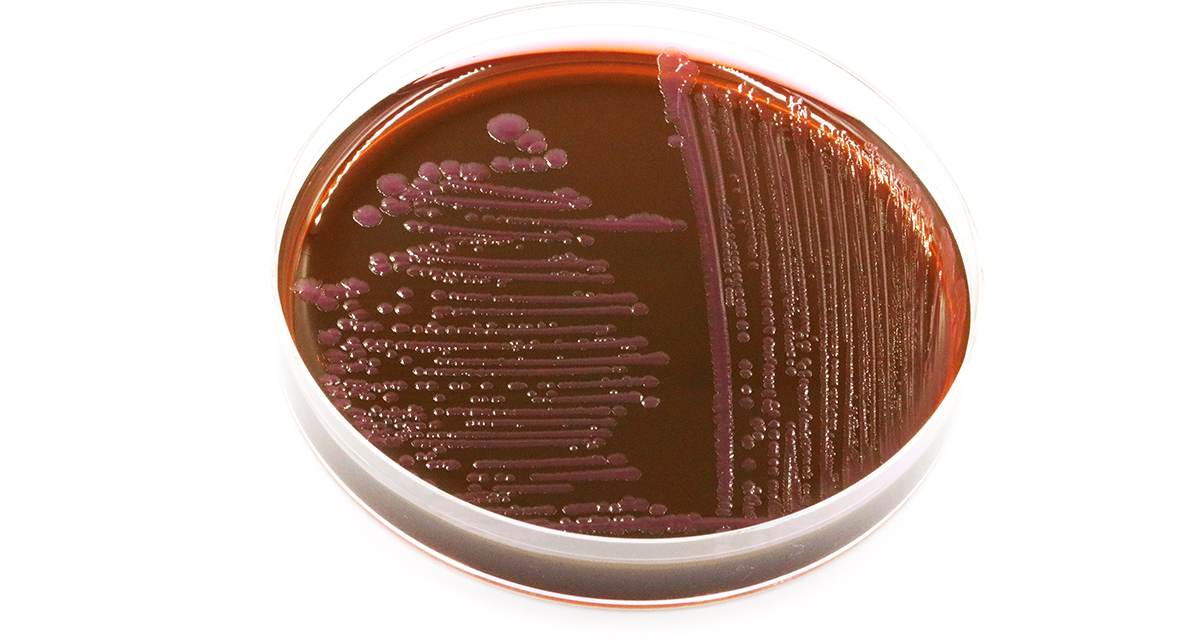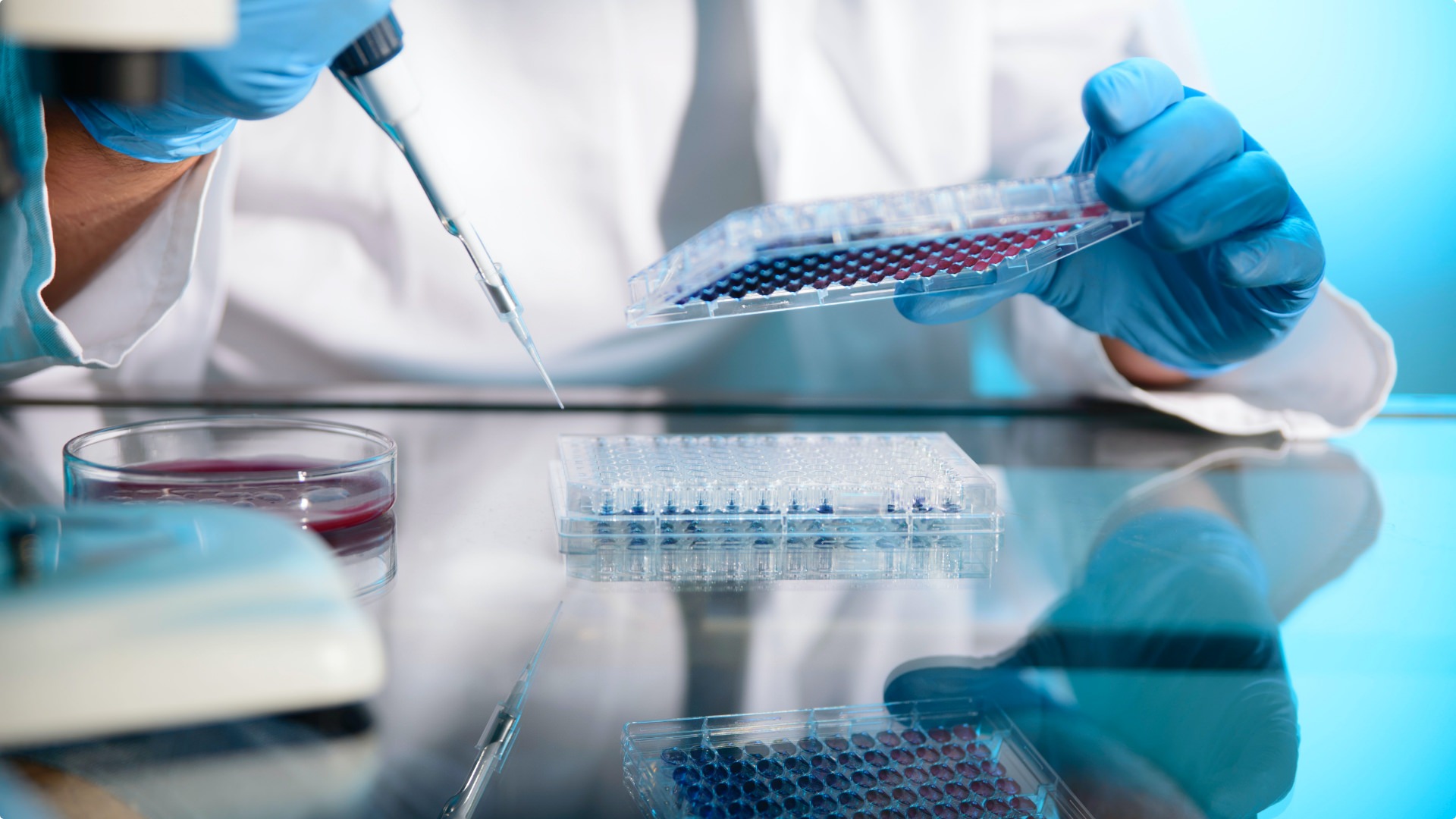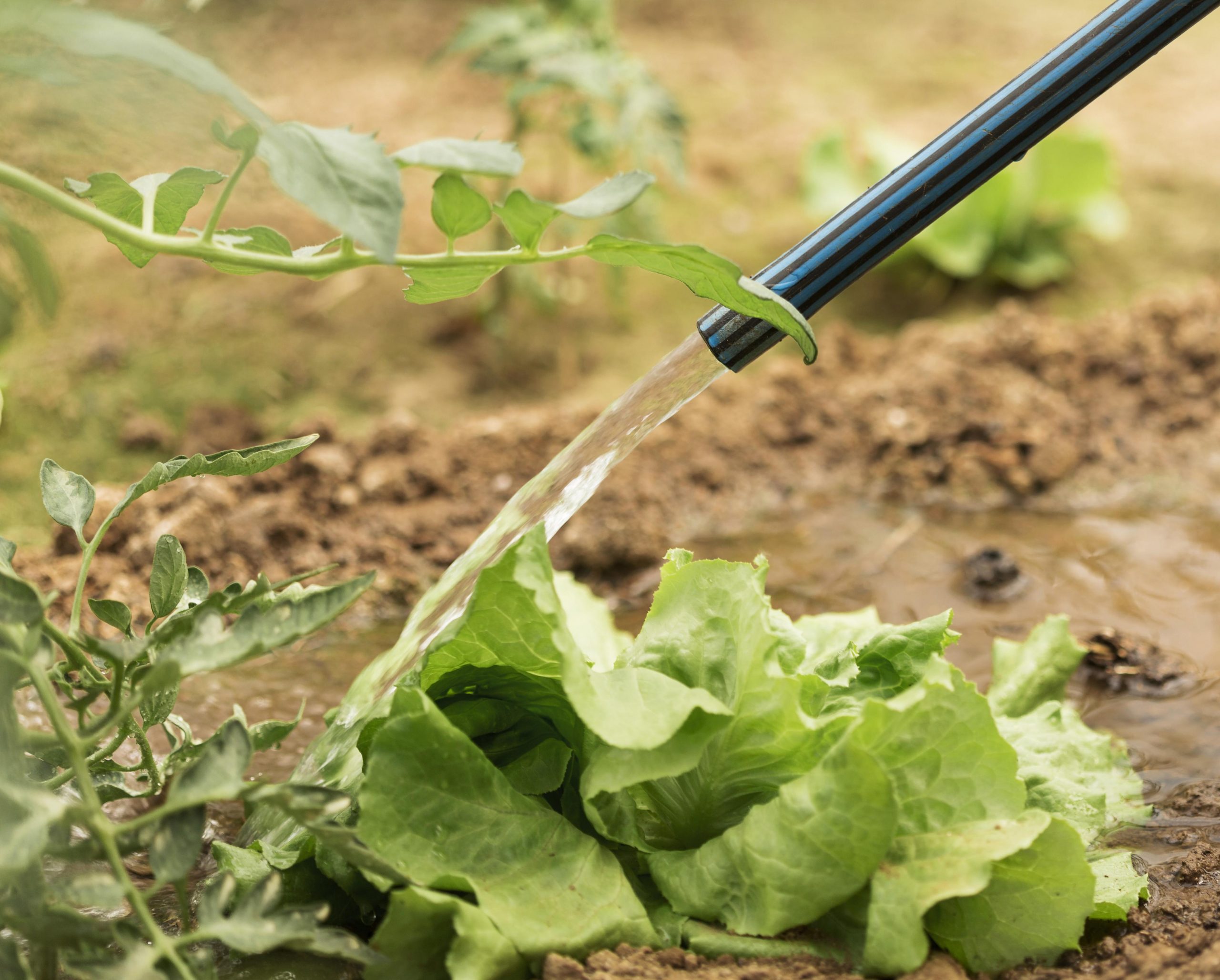Linkage between Salmonella in water and antimicrobial resistance
Regarding microbiological hazards, it is recognized that Salmonella is one of the primary agents responsible for foodborne illnesses. However, its presence can even originate from contaminated irrigation water.
Should we be concerned about the presence of Salmonella in water?
Water contamination by microorganisms poses a fundamental global challenge in ensuring safe drinking water, acting as a common vehicle for the transmission of diseases such as typhoid, paratyphoid, cholera, and hepatitis A, to name a few.
In recent times, attention has been focused on irrigation water as a potential source of Salmonella contamination. The same responsible strain has been identified in various outbreaks, spanning years, and even in a lake used for irrigation.

Commonly linked foods are fresh products like cucumbers, tomatoes, sprouts, as well as fruits such as mangoes and melons.
Detected Salmonella serotypes are often associated primarily with contaminations of animal or human origin. While S. Typhimurium and S. Enteriditis are the most clinically relevant, the distribution of Salmonella serotypes varies by region. Therefore, genetic identification of strains is crucial for surveillance and tracing the original sources of contamination, essential in cases of salmonellosis outbreaks.
Despite the quality of irrigation sources depending on the effectiveness of treatments for disinfecting bacteria, viruses, and parasites, cases have been detected where resistant Salmonella strains prevail, exacerbating the existing problem.
Resistant Salmonella: from irrigation waters to food outbreaks

In various surface water sources, it is common to find Salmonella strains resistant to streptomycin and ceftriaxone, as well as S. Newport, a multidrug-resistant (MDR) strain. This is particularly concerning due to its resistance to at least nine antibacterials and its potential spread through contaminated irrigation waters.
In 2022, China reported the first waterborne typhoid fever outbreak caused by S. Typhi resistant to various antimicrobials, including ampicillin, fluoroquinolones, and third and fourth-generation cephalosporins. The source is suspected to have been wastewater contamination.
However, the risk is higher in the case of irrigation waters contaminated with resistant strains, as it could affect a larger number of people, leading to increased morbidity and mortality, largely due to the lack of alternatives for disease treatment.
It is evident that strain identification will be crucial for proper tracking and surveillance of Salmonella in surface waters, especially given the prevalence of resistant strains. Since antimicrobial resistance remains a persistent challenge, this information could contribute to a better understanding of this phenomenon.



